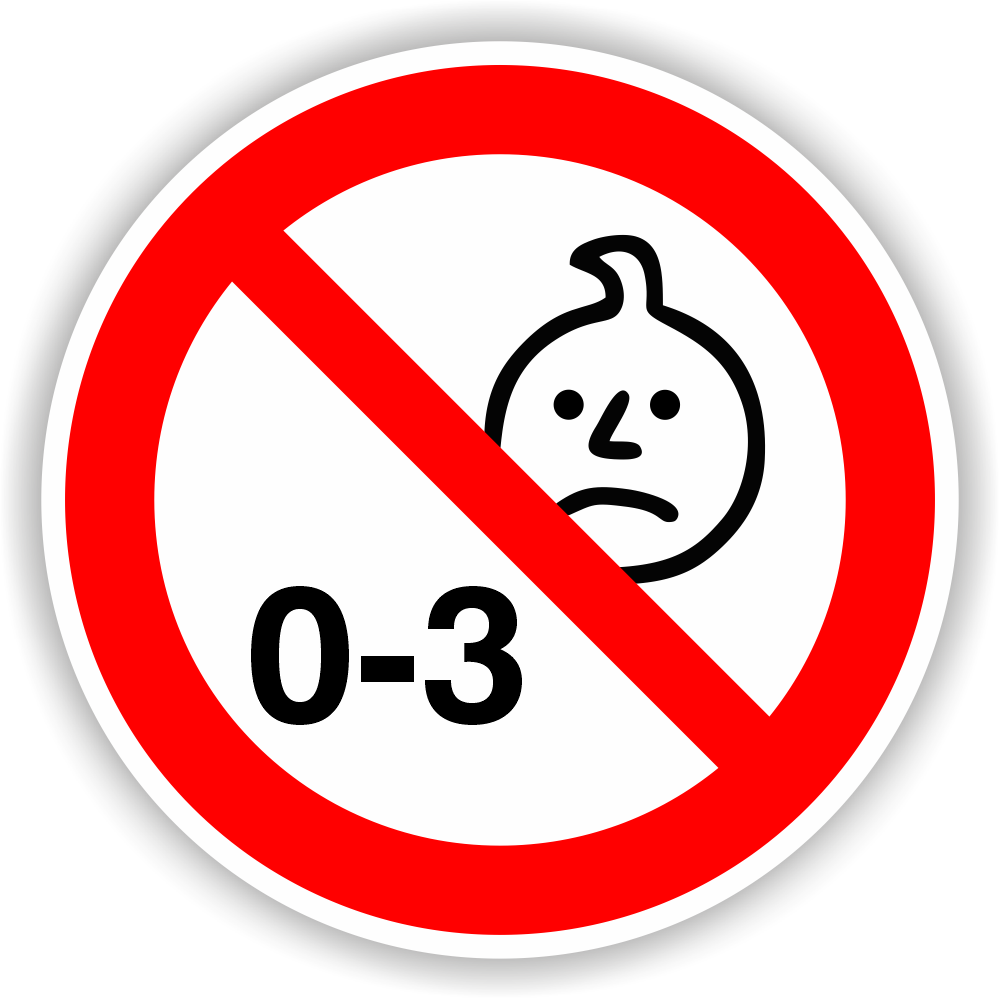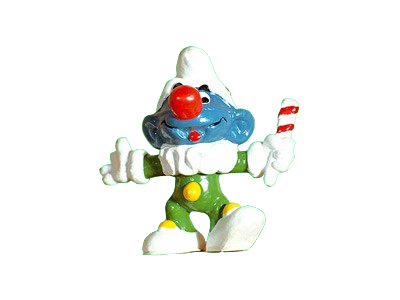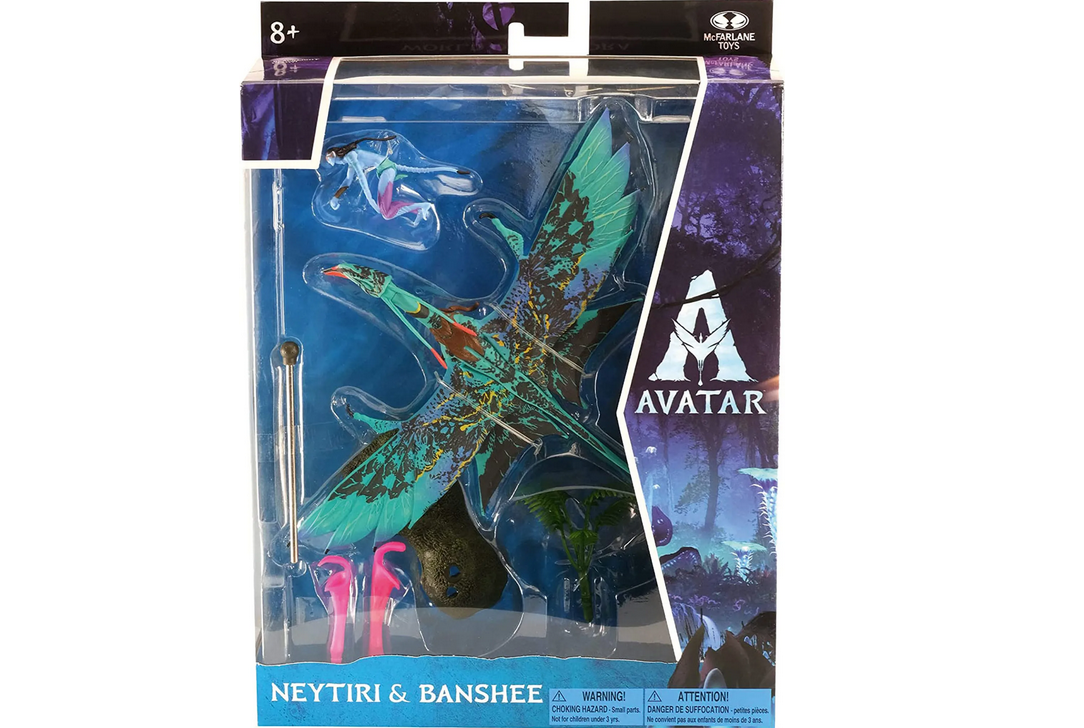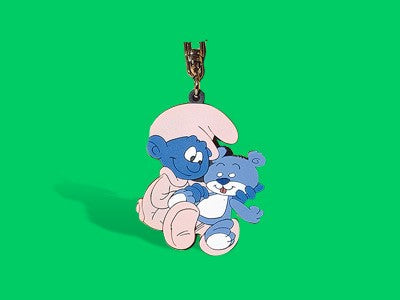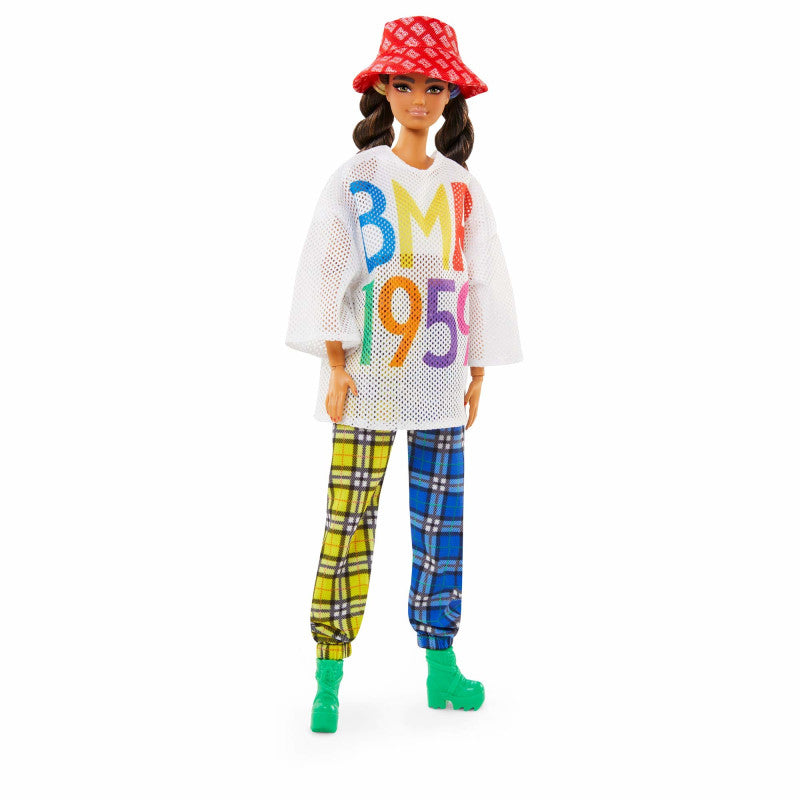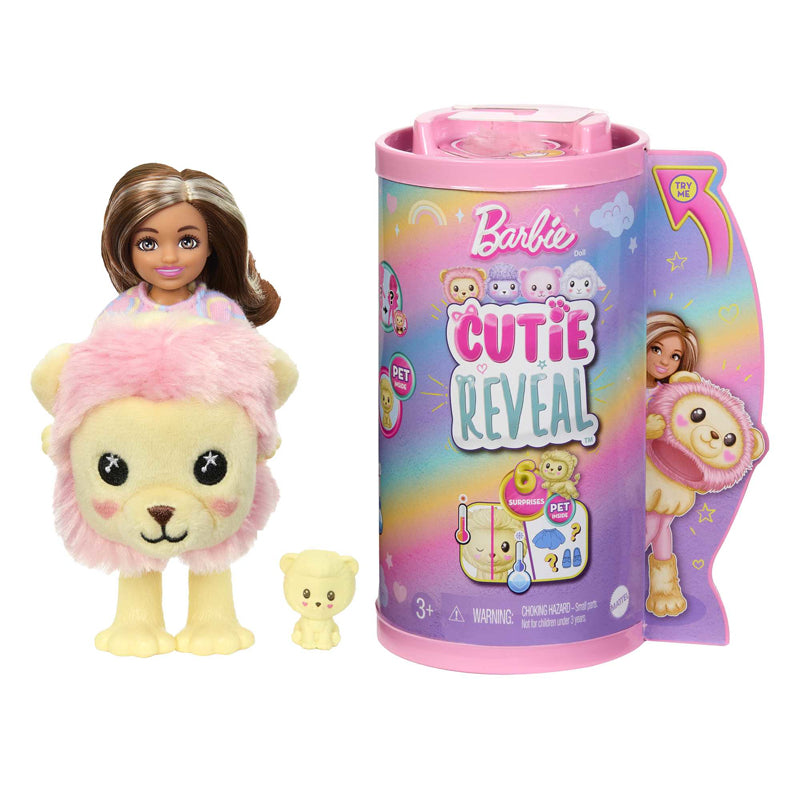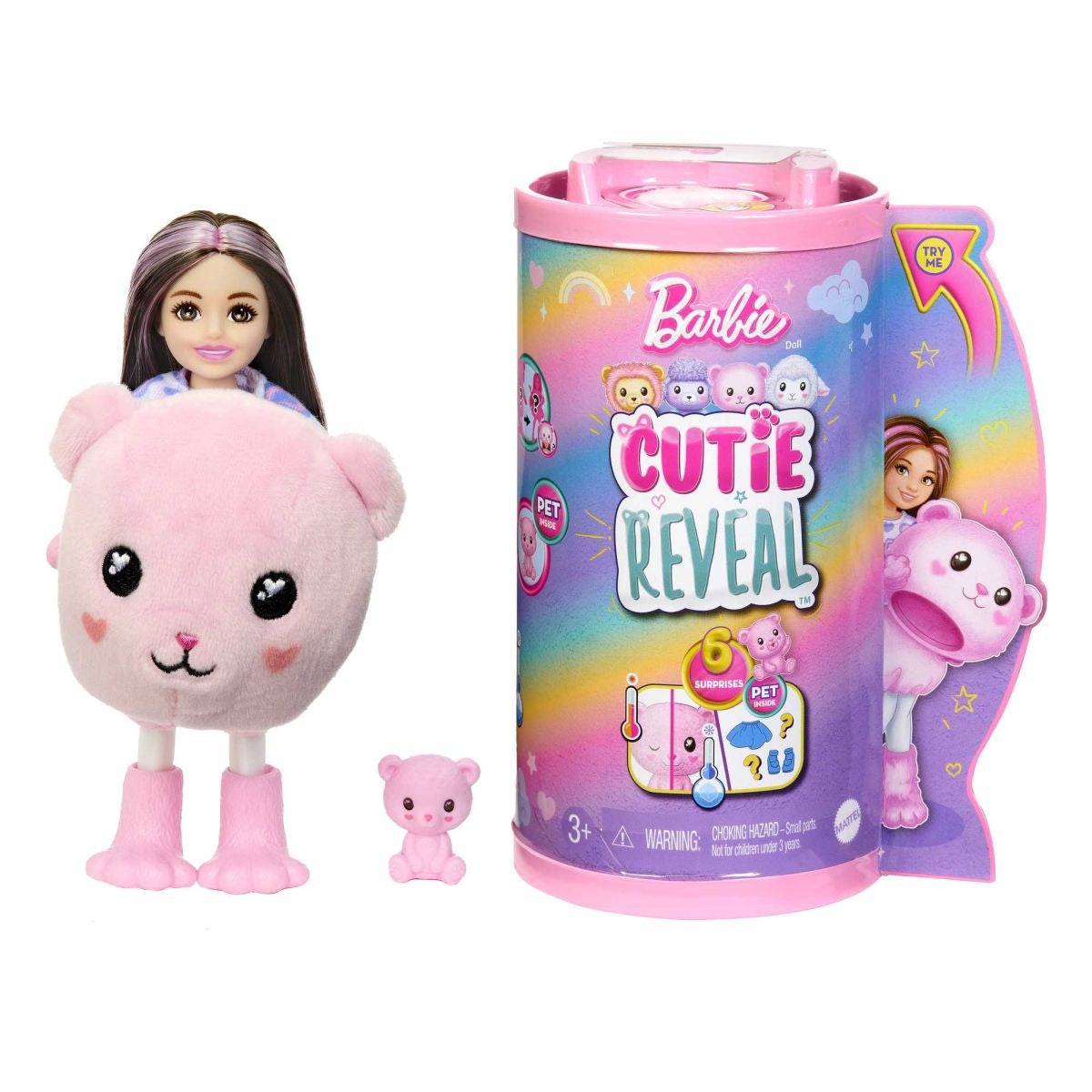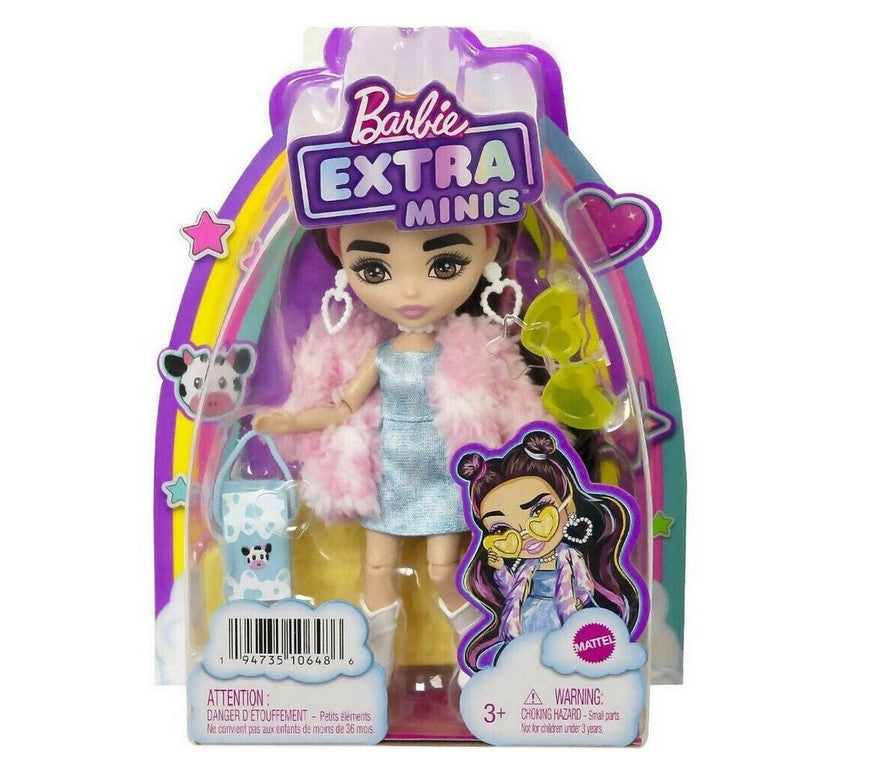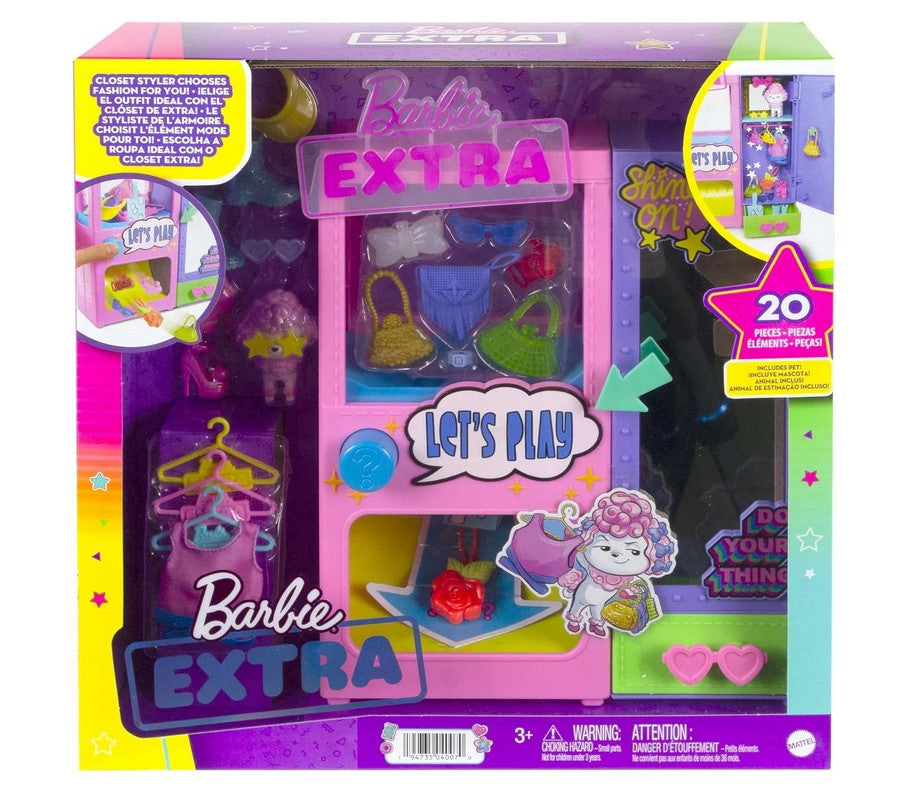Join our newsletter
This smaller, widespread species of deer in North America gets its name
from their tail (fron), the underside of which is always white.
White-tailed deer graze in the morning and evening. As a herbivore
They feed on green plants and nuts. Deer live in
small groups -- usually just a mother and her calves. The males
have magnificent antlers and live in small groups of three or four
animals. Both male deer and hinds have summer
reddish-brown and gray-brown fur in winter. Since they are hardly natural anymore
have enemies, deer populations sometimes grow so large that they
can no longer find enough food. Deer are ruminants like cattle.
This means they have four stomachs and then half digested food
ruminate. This complicated process allows deer to
for example, eating twigs that most animals cannot digest
can.
Fun fact: The white-tailed deer is the representative animal of nine states in the USA and two Canadian provinces.



